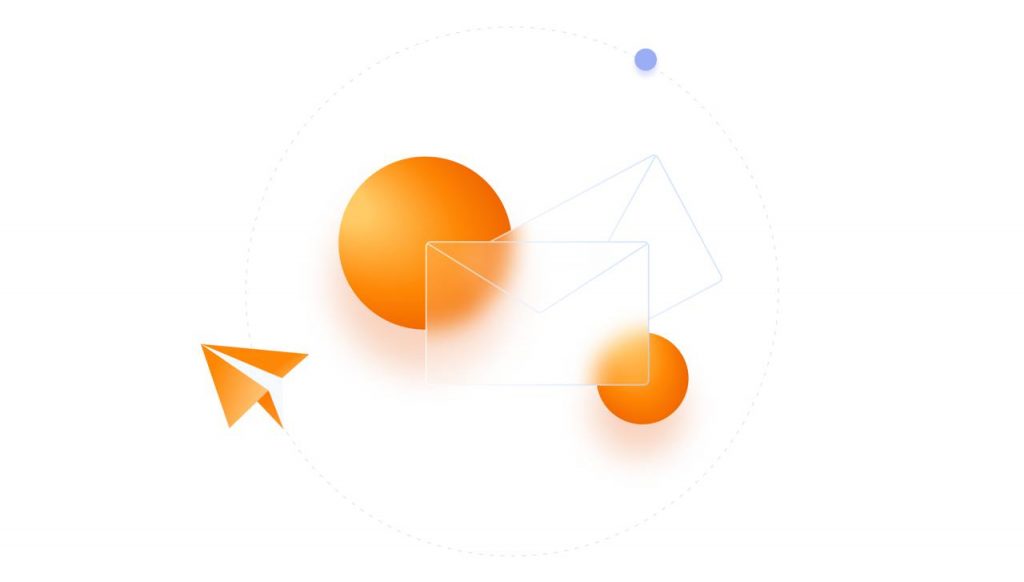What is open-source reverse ETL?
Open-source reverse ETL solutions provide flexibility and transparency for companies looking to implement data syncing processes without vendor lock-in. Tools like Airbyte reverse ETL offer customizable connectors and community support, making them attractive for teams with technical expertise. These tools allow businesses to tailor their pipelines, ensuring they meet unique operational needs. For companies already using Fivetran reverse ETL for their ETL workflows, integrating open-source reverse ETL tools can streamline data syncing processes.
What are the most popular reverse ETL tools?
The reverse ETL platform landscape offers several powerful tools catering to diverse business needs. Leading commercial platforms like Census reverse ETL, Hightouch reverse ETL, and RudderStack reverse ETL are designed for scalability and ease of use, featuring integrations with major data warehouses like reverse ETL Snowflake. These platforms provide advanced scheduling, transformation, and monitoring features. In addition, reverse ETL software like Segment reverse ETL excels at syncing data to marketing tools for customer segmentation and personalization. Companies must carefully evaluate each reverse ETL tool to match their requirements.
How does a CDP compare to reverse ETL?
A customer data platform (CDP) and reverse ETL serve complementary roles in the data ecosystem but have different focuses. CDPs are tailored for marketing teams, offering out-of-the-box functionality for unifying customer data. In contrast, reverse ETL tools like reverse ETL Census and Hightouch reverse ETL are more flexible and can handle a wide variety of use cases, such as financial reporting or operational analytics. CDP vs reverse ETL discussions often highlight this distinction: CDPs specialize in customer data, while reverse ETL platforms offer broader applicability. Both approaches can integrate with data warehouses like reverse ETL Snowflake.
How is reverse ETL different from ETL?
ETL and reverse ETL serve opposite purposes in the data lifecycle. While ETL pipelines extract, transform, and load data into a centralized warehouse, reverse ETL syncs processed data back to operational tools for actionable use. For instance, ETL transformation examples might include normalizing raw data, whereas reverse ETL vs ETL involves operationalizing insights for CRM or ERP systems. Questions like “Is ETL as good as UL?” often arise in this context, but the answer depends on the specific workflow requirements. Together, ETL vs reverse ETL processes drive a complete cycle of data movement and operationalization.
